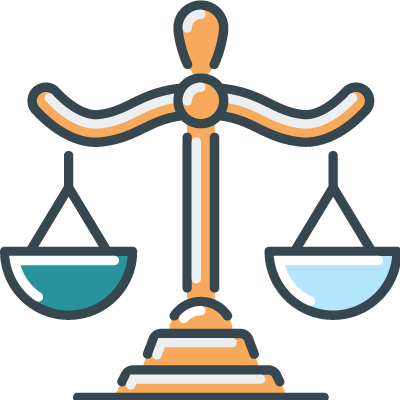Table of Contents
What is UDAAP?
 UDAAP is the acronym referring to unfair, deceptive, or abusive acts or practices by those who offer financial products or services to consumers. UDAAPs are illegal, according to the Dodd-Frank Wall Street Reform and Consumer Protection Act of 2010.
UDAAP is the acronym referring to unfair, deceptive, or abusive acts or practices by those who offer financial products or services to consumers. UDAAPs are illegal, according to the Dodd-Frank Wall Street Reform and Consumer Protection Act of 2010.
The Consumer Financial Protection Bureau (CFPB) makes rules about UDAAPs and the Federal Trade Commission (FTC) helps enforce them.
https://www.fdic.gov/resources/bankers/consumer-compliance/unfair-deceptive-abusive-acts-practices/
There is much to be known about UDAAP standards, and the related regulations. Here is a summary.
On March 11, 2021, under the Biden administration, the Consumer Financial Protection Bureau (CFPB) redefined the interpretation of the “abusiveness” standard of UDAAP by rescinding the prior administration’s 2020 order that had greatly reduced the enforcement of abusive practices in conjunction with other facets of UDAAP. The document detailing the current UDAAP guidelines can be found here
https://files.consumerfinance.gov/f/documents/cfpb_unfair-deceptive-abusive-acts-practices-udaaps_procedures.pdf
 Unfair, Deceptive, Or Abusive Acts Or Practices
Unfair, Deceptive, Or Abusive Acts Or Practices
Supervisory resources pertaining to unfair, deceptive, or abusive acts or practices. This includes Unfair or Deceptive Acts or Practices (UDAP) under Section 5 of the Federal Trade Commission Act (FTC Act) as well as Unfair, Deceptive, or Abusive Acts or Practices (UDAAP) pursuant to the Dodd-Frank Wall Street Reform and Consumer Protection Act (Dodd-Frank Act).
Understanding UDAAP
After the 2008 financial crisis, regulators created new laws to protect consumers and to increase consumer confidence in financial transactions. Defining and outlawing UDAAPs were among many steps in that process.
The law generally does not cover emotional harm, except possibly in cases of excessive harassment. As noted in Investopedia, the government does not determine which financial products and services are best for consumers, but it does require that consumers have access to information that lets them choose the best options for their situations. Consumers should only have to take reasonable measures—not impractical or expensive ones—to determine whether purchasing certain financial products or services is in their best interests.
Dodd-Frank defines an unfair practice as one that harms consumers financially and that consumers cannot reasonably avoid. The harm does not have to involve a large amount of money.
Key Takeaways
- The acronym UDAAP refers to unfair, deceptive, or abusive acts or practices by those who offer financial products or services to consumers.
- In the wake of the 2008 financial crisis, regulators created new laws to protect consumers; defining and outlawing UDAAPs were among many steps in that process.
- Financial product and service providers are not allowed to coerce or deceive consumers into making unwanted purchases, nor are they allowed to mislead consumers through specific statements or through a lack of clear and full disclosure.
- Under the law, unfair practices do not have benefits to consumers or to market competition that would make the potential for harm a valid trade-off. The law generally does not cover emotional harm, except possibly in cases of excessive harassment. Financial product and service providers are not allowed to coerce or deceive consumers into making unwanted purchases, nor are they allowed to mislead consumers through specific statements or through a lack of clear and full disclosure.